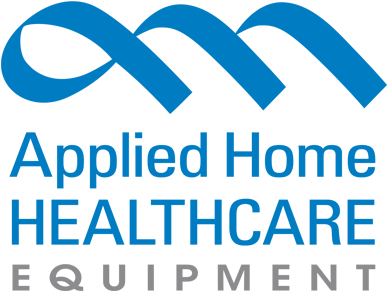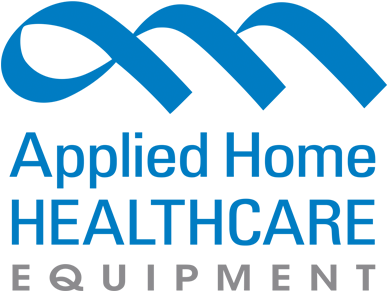PRODUCT CATEGORIES
CLASSES/REGISTRATION
WHAT'S YOUR ROLE?
Securing & Delivering Oxygen Cylinders: Best Practices
Securing oxygen cylinders properly during transportation is crucial to ensure the safety of both the delivery personnel and the public. Oxygen cylinders are highly pressurized and can pose significant risks if they are not securely fastened and protected. This article aims to highlight the best practices for securing oxygen cylinders in delivery vehicles, emphasizing the importance of adherence to safety guidelines and regulations.
1. Follow Transportation Regulations: It is imperative to familiarize yourself with the transportation regulations specific to your region or country. Ensure compliance with these regulations, as they often provide guidelines on securing and handling such cargo safely.
2. Use Appropriate Vehicles: Select vehicles that are suitable for transporting oxygen cylinders. The chosen vehicle should have proper storage compartments or racks designed explicitly for securing cylinders. These compartments should be well-maintained, clean, and free from any damage or defects that may compromise cylinder safety during transit.
3. Proper Cylinder Orientation: Secure the cylinders individually using straps or restraints designed for this purpose. Place them in a way that minimizes movement and ensures they remain stable throughout the journey.
4. Cylinder Protection: To prevent damage during transportation, it is essential to protect oxygen cylinders from potential impacts and external forces. These measures can help safeguard cylinders from dents, scratches, and potential leaks. Racks are the best way to store cylinders in a vehicle.
5. Adequate Ventilation: Ensure proper ventilation in the delivery vehicle to prevent the accumulation of oxygen in confined spaces. Adequate airflow reduces the risk of fire or explosion. Ventilation should be considered in the design of the vehicle and maintained during the transportation of oxygen cylinders.
6. Employee Training: Proper training for delivery personnel is essential to ensure their understanding of the risks associated with oxygen cylinders and the correct procedures for securing them. Provide comprehensive training on safety protocols, including loading and unloading procedures, emergency response, and the importance of regular inspections. Employees should be aware of emergency contact numbers and the appropriate actions to take in case of a cylinder leak or other safety incidents.
7. Routine Inspections: Establish a regular inspection schedule to assess the condition of the vehicle, storage compartments, and securing devices. Inspect cylinders for signs of damage, leaks, or other hazards before loading and after unloading. Replace any defective or damaged equipment promptly.
8. Emergency Preparedness: Equip delivery vehicles with appropriate safety equipment, including fire extinguishers and spill containment materials. Ensure that personnel are trained in emergency response procedures specific to oxygen cylinders. Implement a clear communication plan to coordinate with emergency services, should the need arise.
The safe transportation of oxygen cylinders in delivery vehicles requires strict adherence to established guidelines and best practices. By following the recommendations mentioned above, delivery personnel can ensure the secure handling and transport of these vital resources. Prioritize employee training, routine inspections, and compliance with transportation regulations to mitigate potential risks and safeguard both personnel and the public during the delivery process. Remember, safety should always be the top priority when handling hazardous materials like oxygen cylinders.
You Might Also Like
Subscribe to our Newsletter
Get the latest regulatory info, accreditation news and exclusive discounts!
 View Cart []
View Cart []
